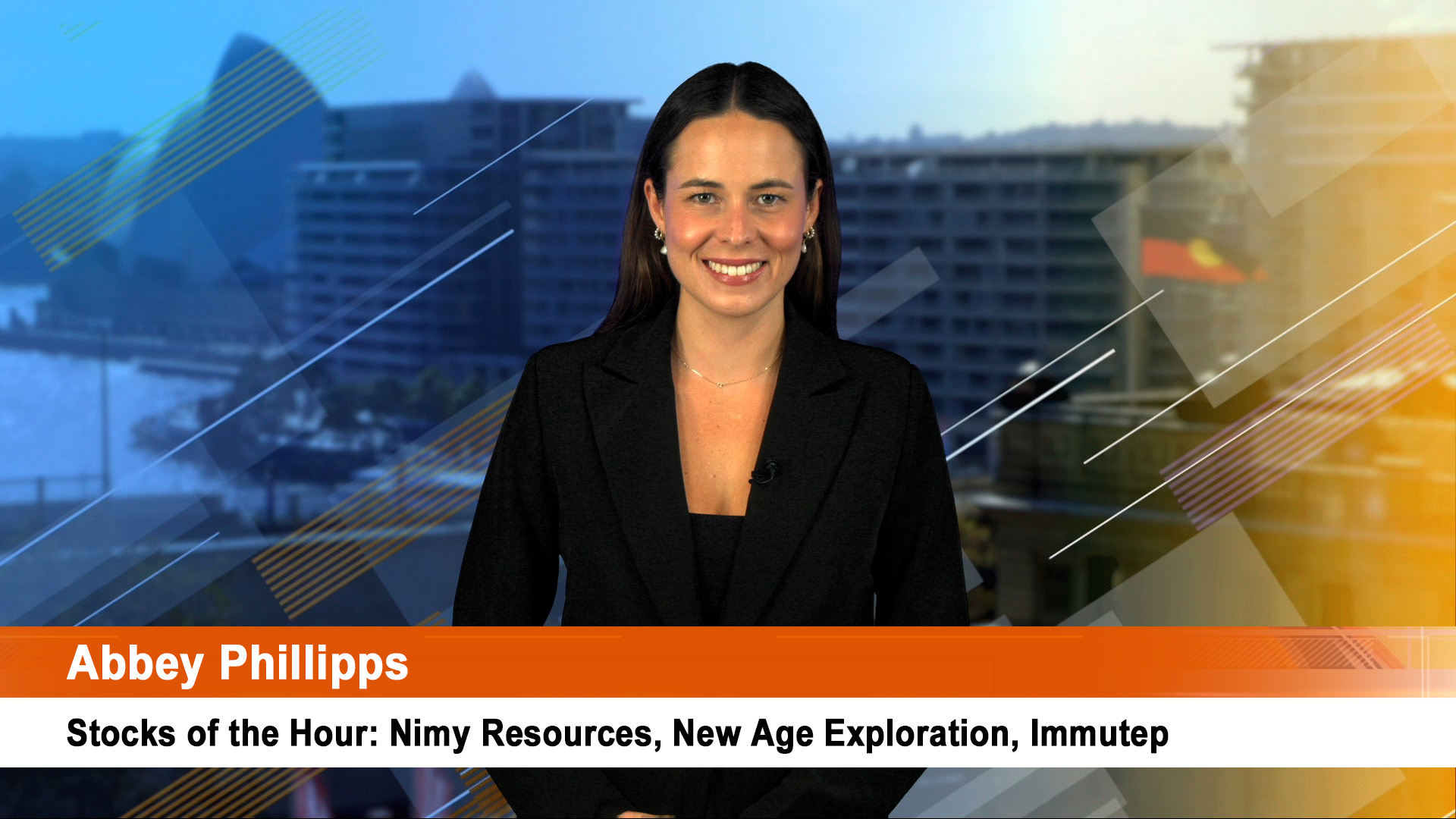Liquefied natural gas (LNG) was the surprise commodity star of 2017, topping gold, oil, copper, palladium and other metals.
Industrial commodities far outperformed their ’soft’ or rural counterparts which mostly saw falls because of rising output.
Asian spot prices for LNG doubled since June, to the highest level since late 2014 of more than $US11 per million British thermal units.
Until the last quarter of the year, LNG had been one of 2017’s worst-performing commodities and the surge, triggered by the rapid move by China to replace coal with gas in the northern provinces to cut pollution.
The late rally is being driven by this huge gasification program in China which has already moved millions of households and industry from coal to gas for heating, just as as winter started.
China’s gasification is aimed at reducing coal use to help address pollution that has plagued cities in the north of the country for years (causing political problems for the government).
The rapid rise in demand will continue this year – and into 2019 if some forecasts prove correct.
It was an unexpected benefit for Australian LNG projects exporters such as Woodside, Santos, Origin, Shell, Chevron and others. It will continue in 2018.
West Texas Intermediate crude finished 2017 at $US60.42 a barrel, the first close above $US60 since June 23, 2015, and a rise of 12.5% in 2017. thanks to the OPEC production cap.
That was solely due to the surge in the December quarter where it was up nearly 17%, 5.3% for the month, and 3.3% for the final week of the year
March Brent ended at $US66.87 a barrel which was up 18% for the year, of which more than 16% happened over the last three months of the year and 5.2% for December.
US natural gas futures settled at $US2.9530 per million British thermal units, up 21% in 2017, 1.8% for the quarter, 2.4% on the month, but nearly 11% for the last week of 2017.
That was due to the surge in record cold conditions across much of northern USA in the final days of 2017. That will also help BHP Billiton’s attempts to sell off most of its shale oil and gas assets in 2018.
US oil production is forecast to reach 10 million barrels a day this year (from just over 9.7 million barrels in the final days of 2017).
Iron ore means so much to Australia and it went nowhere over the full year.
But that disguised a rise, fall and then two late rebounds to where it ended the year at $US72.61 per tonne cfr northern China, according to the Metal Bulletin.
The 2017 close was down on the Metal Bulletin’s 62% Fe Iron Ore Index at the end of December, 2016 of $US78.87 a tonne, a fall of 8%, which looks a lot better than when the price was around $US56 a tonne mid year.
Australian coal prices benefitted mightily from Cyclone Debbie’s damage to the Queensland coal fields and ports in late March and April.
Australian thermal coal prices rose 10% to over $US100 a tonne, thanks in part to Debbie, and then China’s move in ordered the closure of domestic mines (to cut wasteful over capacity and then pollution levels in northern cities), forcing utilities to import more.
Coking coal prices rose to nearly $US300 a tonne in the wake of Cyclone Debbie during the year, fell back under $US200 a tonne late in the year before regaining that level.
Debbie’s surge saw the Metal Bulletin’s fob Australia premium hard coking coal index average $US184.63 per tonne from January 2 to December 15, 2017, up 29.6% from the $US142.44-per-tonne average in the same period of 2016.
Reuters said 2017’s best performing metal, palladium, is chiefly used as a component in automotive catalytic converters. Solid car sales in China and Europe, plus tightening emissions standards, pushed the price of the metal up 57% last year, as it hit its highest since early 2001 in the last week of 2017 at $US1,072 an ounce and outstripping a good year in fellow precious metal gold, which saw a solid jump in price over the year.
Comex gold in New York ended 2017 at $US1,309.30 an ounce. The yellow metal enjoyed a nearly 14% gain in 2017, with a nearly 2% gain for the quarter and a 2.5% rise in December. The annual gain was the biggest since 2010.
Copper and aluminium rose by almost a third in 2017 to four-year highs in the last trading week of the year of $US7,312.50 and $US2,284.75 a tonne, respectively.
Copper had seen a spectacular rally to more than $10,000 a tonne in early 2011 after China launched a huge stimulus package following the financial crisis.
It then crashed to just over $US4,000 a tonne in early 2016, as new copper projects came to fruition and demand weakened.
But in 2017 copper prices rebounded to more than $US7,000 a tonne. On Thursday they hit $US7,312 a tonne, the highest level since January 2014.
Shanghai rebar futures climbed 46% (a proxy for the performance of the Chinese steel sector) this year, driven by the closure of lower-quality Chinese steelmaking plants and production curbs to fight pollution in northern cities. Continuing high construction activity supported demand for Chinese steel and will be watched closely in 2018.
Most agricultural products will finish 2017 with lower prices, squeezed by record output.
Raw sugar slid 22%, with the International Sugar Organisation forecasting a global sugar surplus of 5 million tonnes in 2017-18 compared with a deficit of 3.1 million in 2016-17, which will be bad news for Queensland growers which in turn will see moans and groans by the National Party.
Cocoa prices ended down 20%, a second successive slump after a 23% fall in 2016, with prices depressed following a record global surplus in the 2016-17 season which surely should put an end to the occasional story of a shortage of chocolate!
World corn production has hit a record high for eight of the past 10 years. Soybean production has climbed to all-time highs in four of the last five years, according to the U.S. Department of Agriculture. This led to a 5 percent decline in prices.
Wheat though added around 5% after losing ground for four years, as world supplies of high-protein wheat (for pasta production especially) tighten due to crop losses in the United States and Australia.
Malaysian palm oil prices fell 10% in 2017 and rubber prices lost 18% in 2017 after being one of the best performing commodities the year before.













